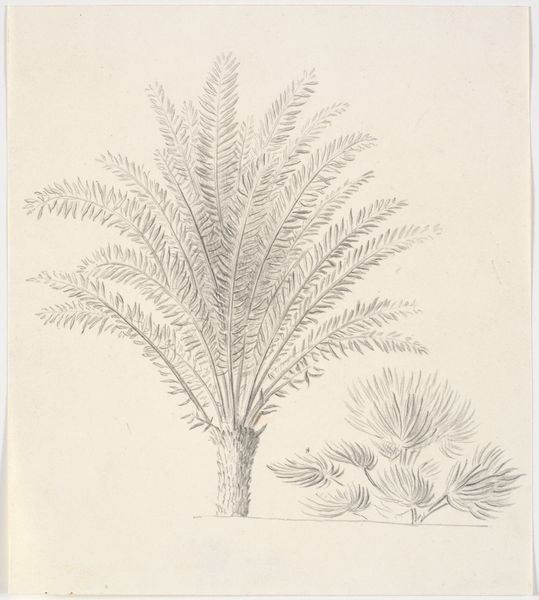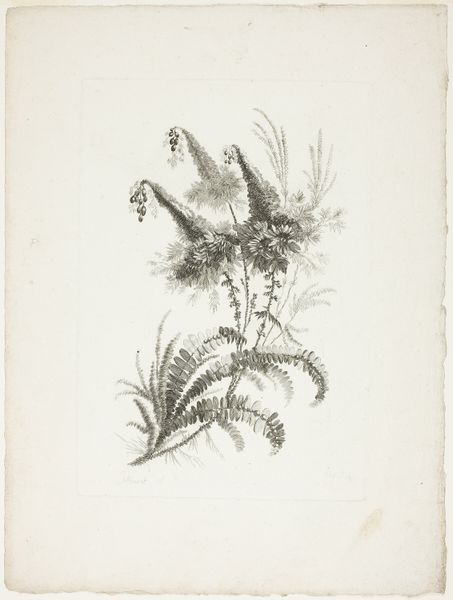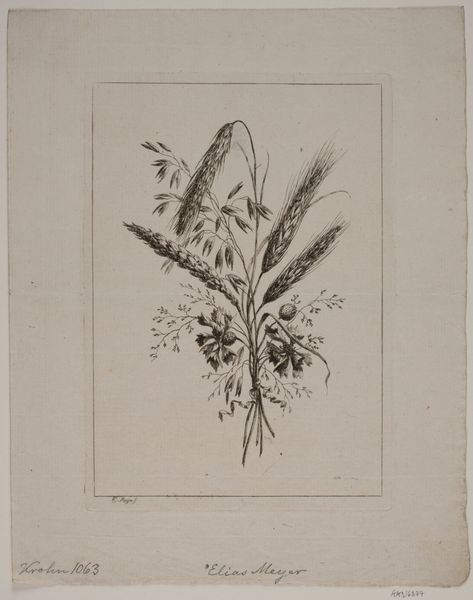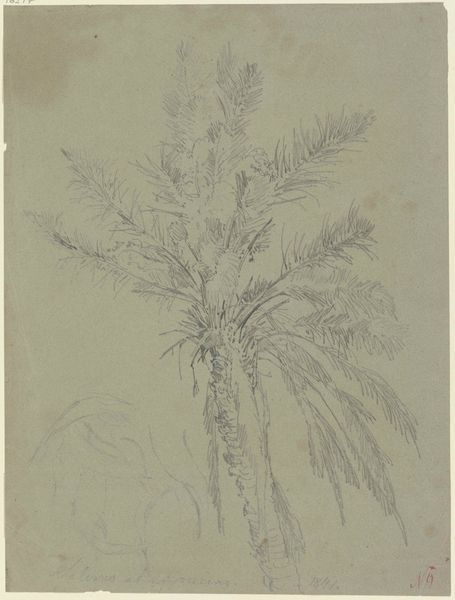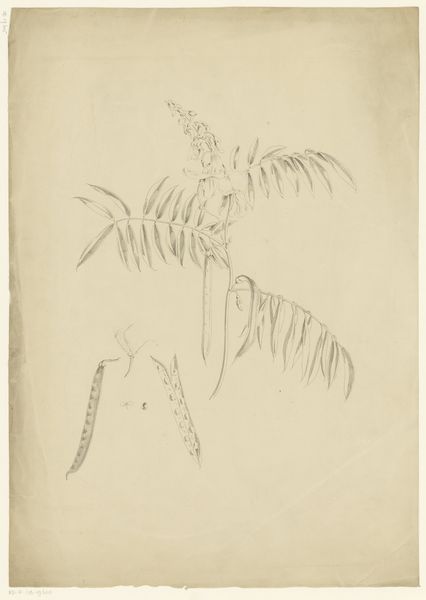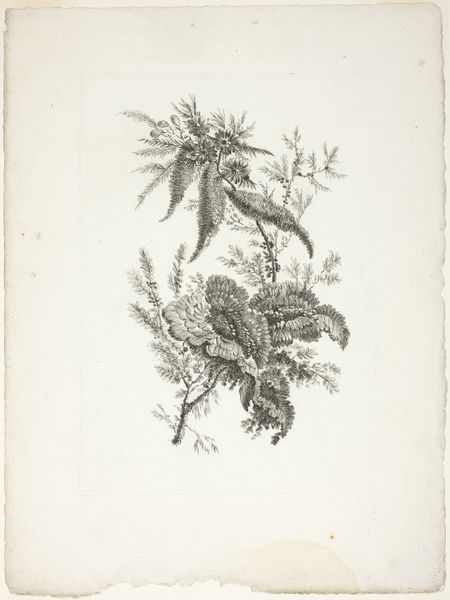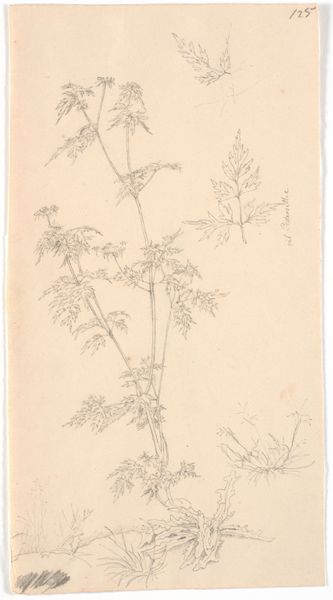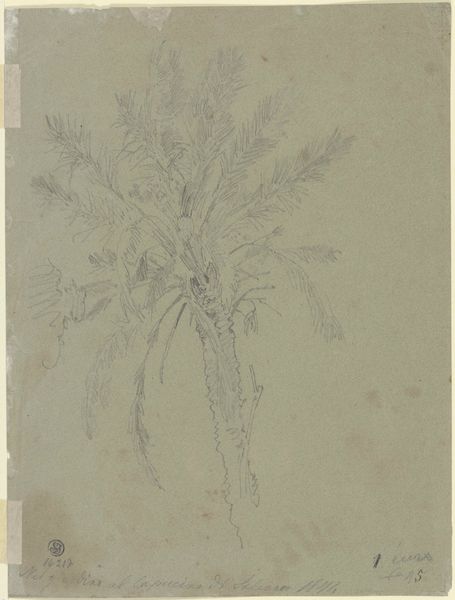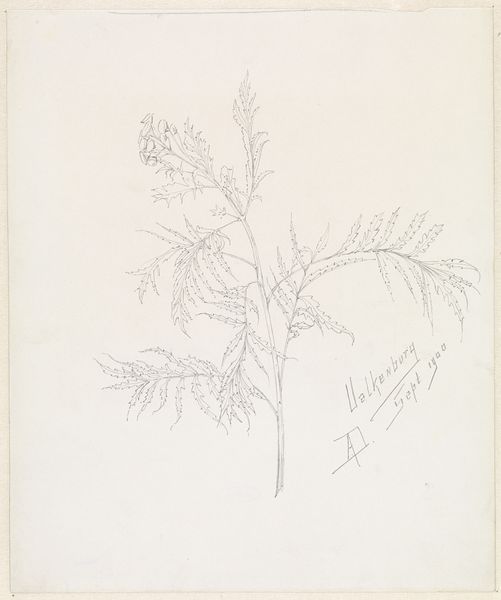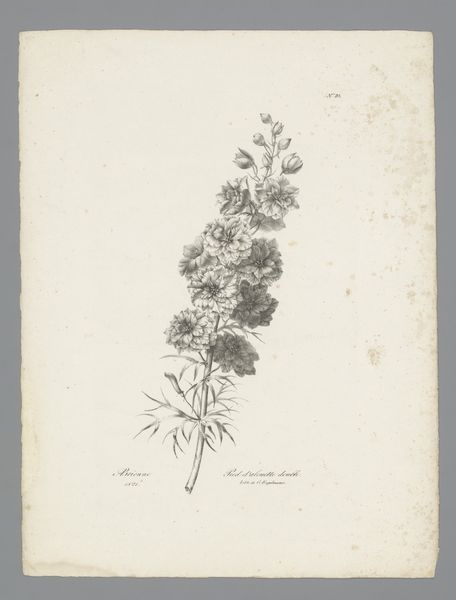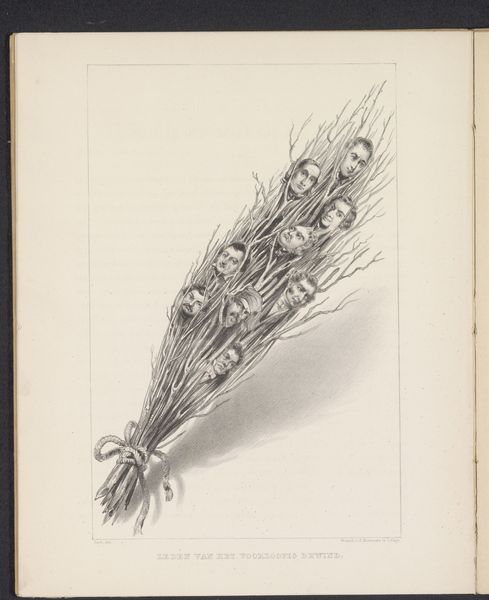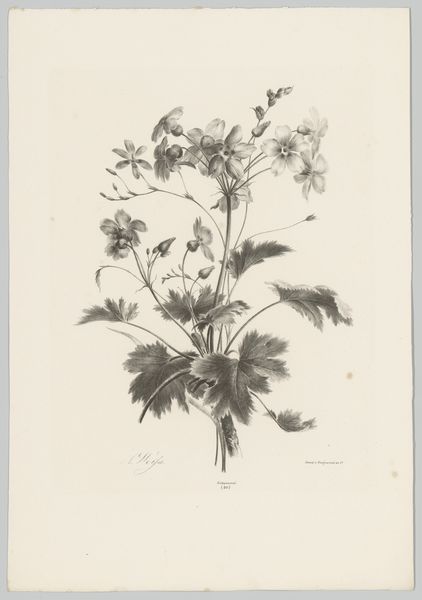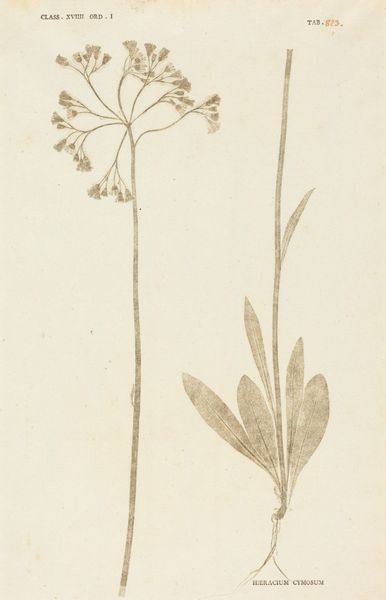
Kopi efter Eckersbergs tegning: Et drageblodstræ med tvedelt stamme 1820 - 1824
0:00
0:00
drawing, paper, pencil
#
drawing
#
landscape
#
botanical illustration
#
paper
#
romanticism
#
pencil
#
botanical drawing
Dimensions: 200 mm (height) x 122 mm (width) (bladmaal)
Martinus Rørbye made this pencil drawing of a Dragon Blood Tree, a copy after Christoffer Wilhelm Eckersberg, sometime in the first half of the 19th century. The Dragon Blood Tree is endemic to the Socotra archipelago in the Arabian Sea. Why would a Danish artist be interested in drawing this peculiar tree? To answer this question, we have to understand the 19th-century obsession with exploration, discovery, and taxonomy. Museums were expanding their collections, universities were funding research expeditions, and artists were expected to document new species. This drawing is thus embedded in the history of botanical science and European expansionism. It represents an attempt to understand the natural world through the lens of observation, documentation, and classification. To understand the drawing better, we would need to find out more about Eckersberg's original. Where did he see the Dragon Blood Tree? What was the context of his encounter with it? How did he perceive it?
Comments
No comments
Be the first to comment and join the conversation on the ultimate creative platform.
